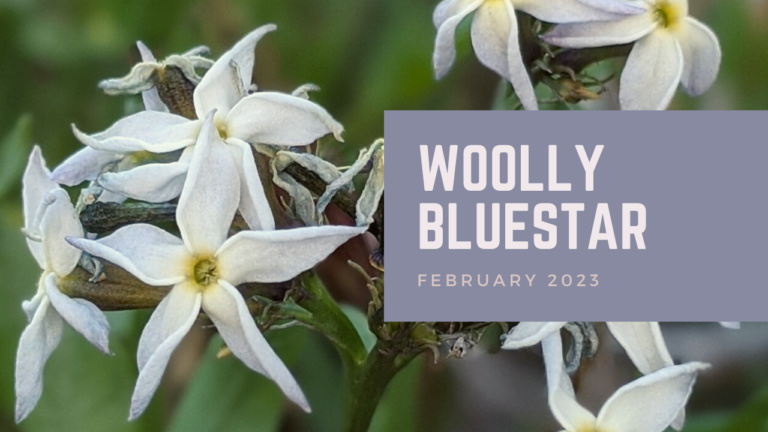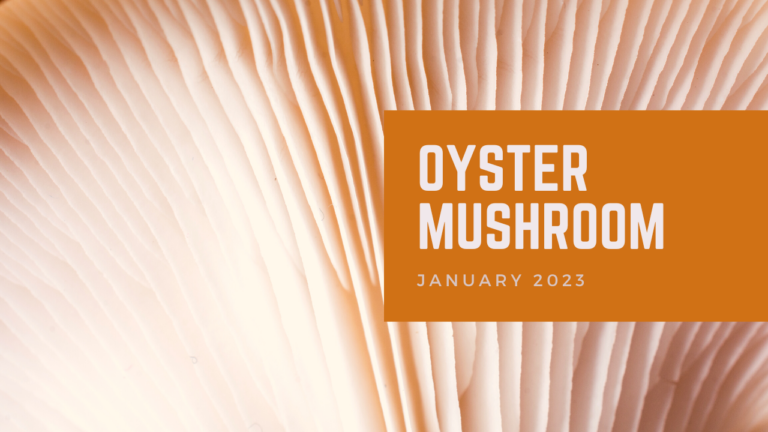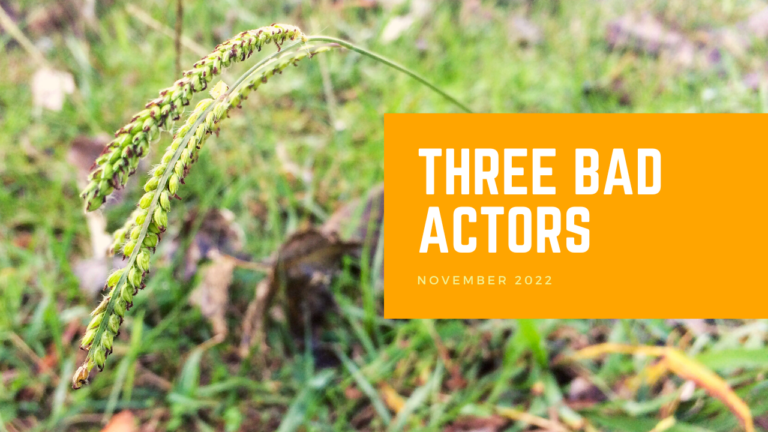Presented by Rowena McDermid
July 11, 2022
Botanical name: Hibiscus moscheutos
Common names: Swamp Mallow, Swamp Rose Mallow, Marshmallow Hibiscus, Crimson-eyed Rose-mallow
Family: Malvaceae (Mallow)
[MUS—EASY AND FUN]
[ROWENA] Hello, I’m Rowena McDermid and Plant of the Month this month is Hibiscus moscheutos, also known as the Swamp Mallow. Also as the Swamp Rose-mallow, also as the Marshmallow Hibiscus, also as the Crimson-eyed Rose-mallow.
Hibiscus moscheutos is in the Malvaceae or Mallow Family and the species name apparently comes from the Latin meaning musk-scented. It has a lot of synonyms which I’m not going to try and pronounce for you but there’s been a lot of confusion over the names over the years.
The characteristics of this plant are it’s a perennial shrub, somewhat woody. It grows to three to seven feet tall and two to four feet wide. The leaves are simple, broad ovate to lanceolate, three to eight inches long, and they have tooth margins. The blooms are showy, four to six inches in diameter. They have five overlapping white creamy going to pink petals and in the middle, there is a dark contrasting eye either crimson or a deep red or a purple. There is a prominent staminal column, which you can see in the middle there coming out of the flower all these anthers coming off this stamen and then up above, reaching up above the stigmas.
It is a very easy plant to propagate. It grows readily from seed. It’s got quite a hard seed so sometimes a bit of scarification may be necessary. Its water use is high. It likes wet areas. Its native habitat is swampy forests, wet meadows, and wetlands, so it would be a good choice for a wet spot in your yard or in a rain garden. Conversely, drought tolerance is low. It will grow in the sun or in part shade.
So, I thought I was going to be doing Plant of the Month about the hibiscus that grows in our EIH pocket prairie, and I’ve heard it been referred to both as Hibiscus moscheutos and as woolly Rose-mallow. So, when I was doing this presentation I was very surprised to find that Woolly Rose-mallow is actually a different species—Hibiscus lasiocarpos. So, which is it and how to tell the difference?
Well, Hibiscus lasiocarpos has simple, toothed, triangular to heart-shaped leaves also an alternate arrangement which is exactly the same as for H. moscheutos. It’s a perennial shrub in the size class three to six feet, same as H. moscheutos. It has large, showy blossoms—white occasionally turning to pink with the crimson eye in the center—same as H. moscheutos. And a long staminal column. The differences are when it comes to the seed head. In H. moscheutos it has a glabrous fruit which is free from hair, and then with the H. lasiocarpos it’s got a pubescent fruit, which means it’s covered in short hair or it is downy.
So, the hibiscus we have here in the pocket prairie at EIH is Hibiscus lasiocarpos, as far as I can tell—the Woolly Rose-mallow. I mean it is confusing to a lot of people. I had to go through several websites before I managed to figure out what the difference was. And in fact on one website I found the following statement: “Due to range overlap and resulting integrated forms, there is an ongoing discussion as to whether Hibiscus lasiocarpos merits species status.” Basionyms for Hibiscus lasiocarpos, and these are the older names from which the new name is derived, Hibiscus moscheutos subspecies lasiocarpos and Hibiscus moscheutos variety lasiocarpos. So, you can see the two are very closely related.
And when I was out in the prairie taking photographs of my Woolly Rose-mallow, I found this delightful flower, which a leaf cutter bee has come and taken little circles out in a very symmetrical way. I think it looks awesome. The leaf cutter bees are in the genus Megachile. It’s completely different to a honeybee. It’s one of our native species, and they make solitary nests inside old plant stems, hollowed out plant stems, or in those bee homes that people sometimes put out for them. And the female will go and cut a leaf or some flat petals and take it to the nest and roll it inside the nest so it lines the nest, and in it she’ll lay an egg. And she’ll deposit a ball of pollen, which she has collected, and then she’ll seal that chamber off and then start again with the next chamber. So, you end up with a long column of little bee chambers with little baby bees growing inside them, inside the hollow of a plant, of a grass, or a small tree, or something like that. That is all that she does for her babies. She leaves them alone after that. And, after they hatch from the egg, they eat their way through the pollen. And, then they turn into adults and chew their way out of the leaf house to emerge.
My references are as follows, so thank you very much.
[MUS—AND THAT’S IT]
References
Related Posts

Plant of the Month: Woolly Bluestar
Our Plant of the Month for February 2023 is Amsonia tomentosa, commonly known as Woolly Bluestar, Woolly Amsonia, Small Leaved Amsonia, or Gray Amsonia.

Plant of the Month: Oyster Mushroom
Our plant of the month for January isn’t a plant at all, it’s a fungus!
Botanical name: Pleurotus ostreatus
Common name(s): Oyster Mushroom, Pearl Oyster Mushroom

Spotlight on Invasives: Three Bad Actors
Spotlight on Invasives: Johnsongrass (Sorghum halepense), Southern Crabgrass (Digitaria ciliaris), and Dallisgrass (Paspalum dilatatum)

